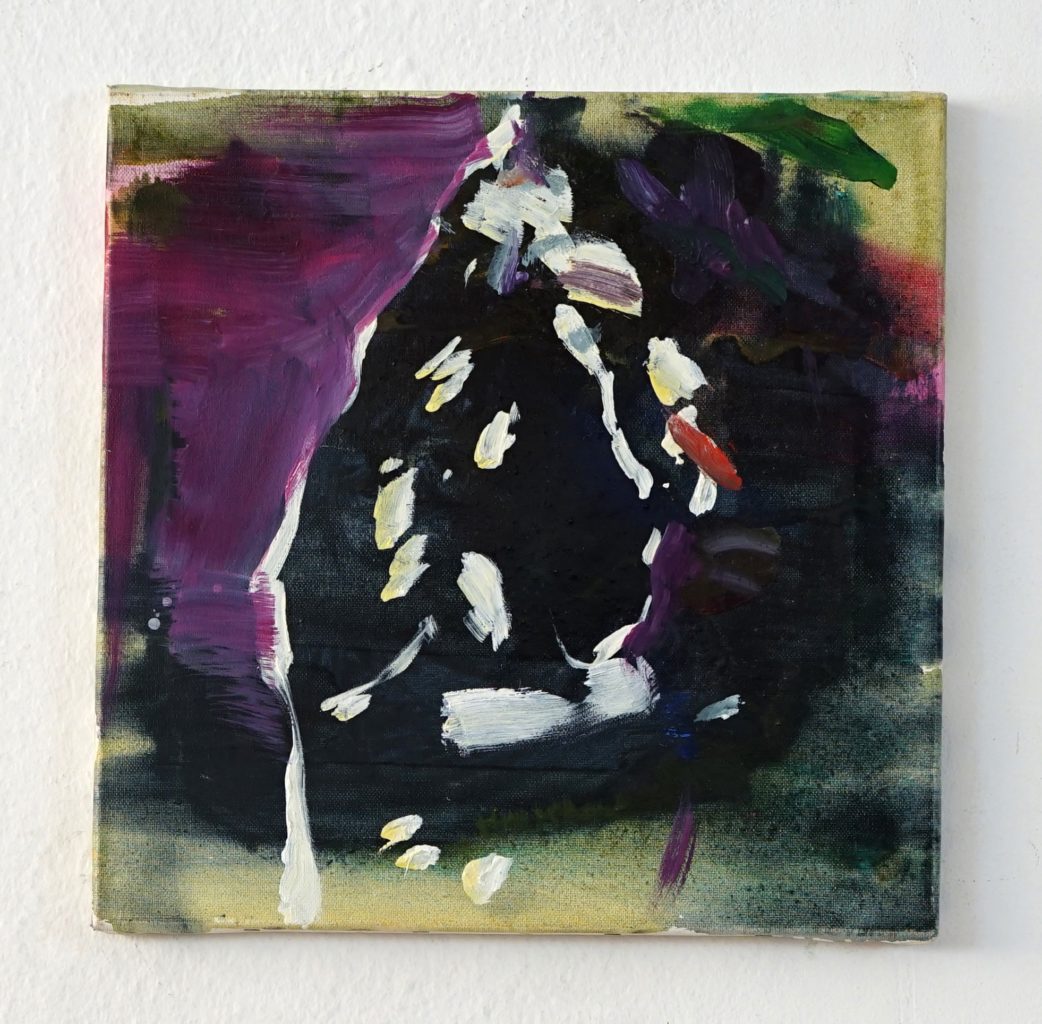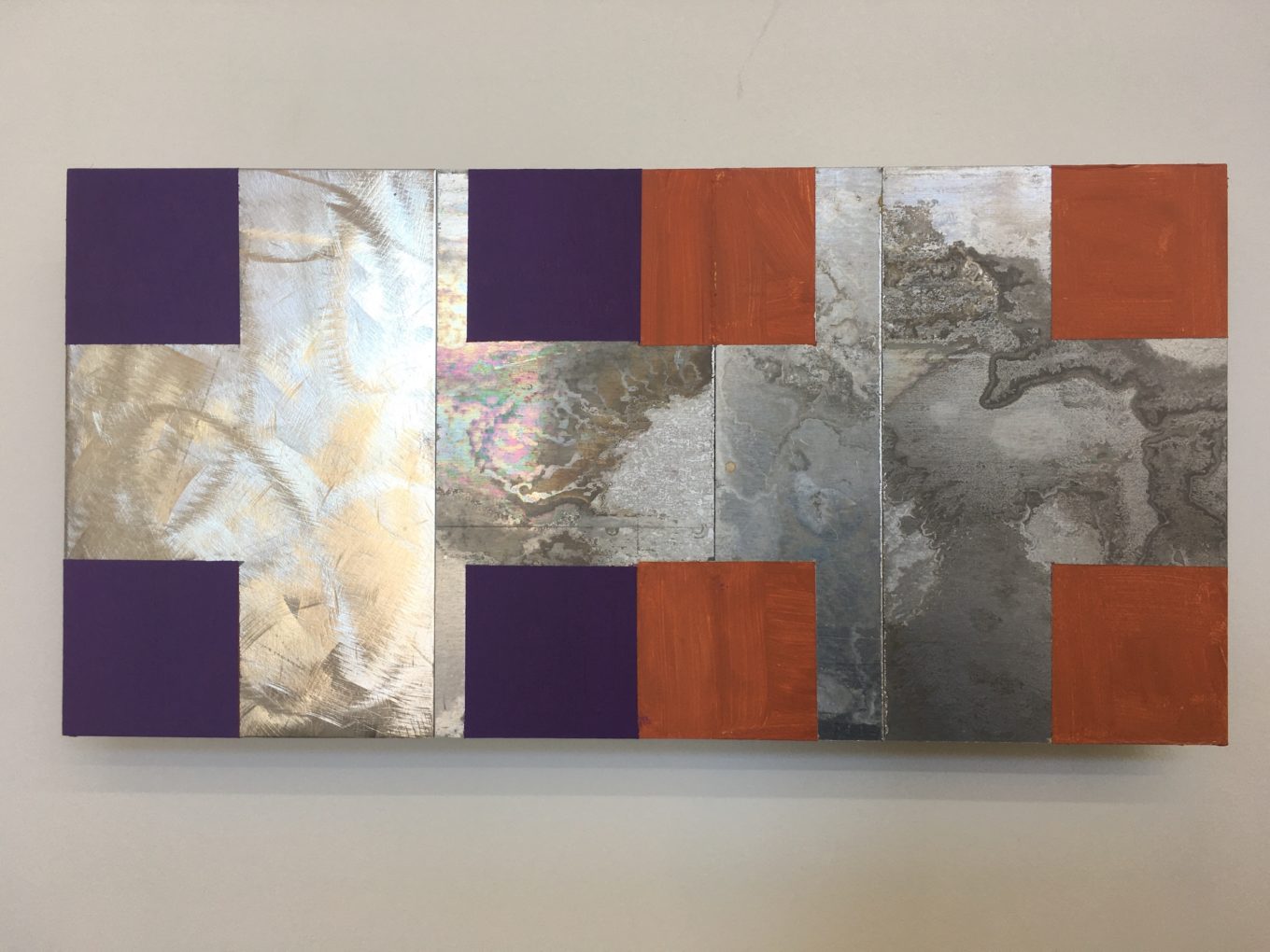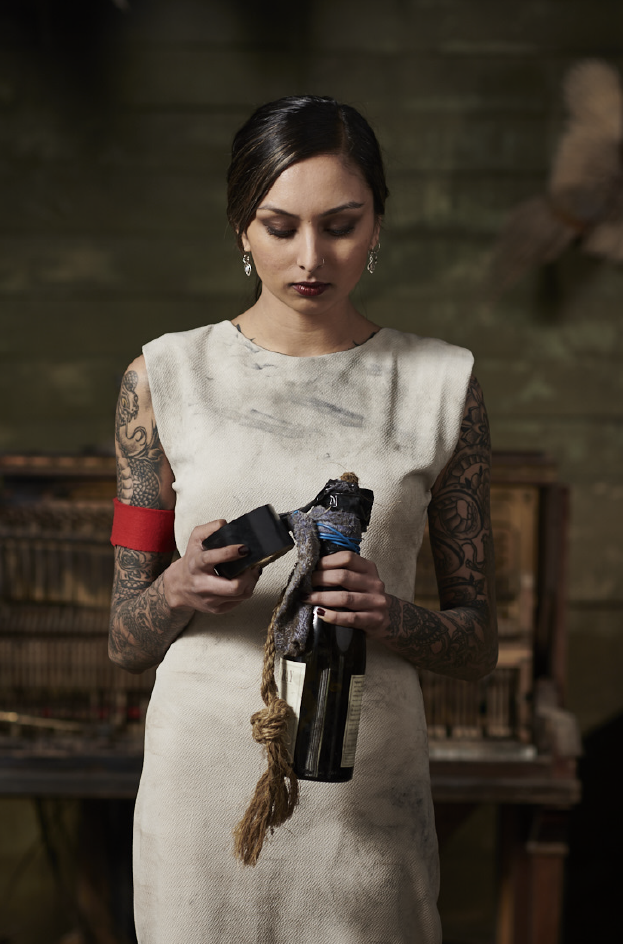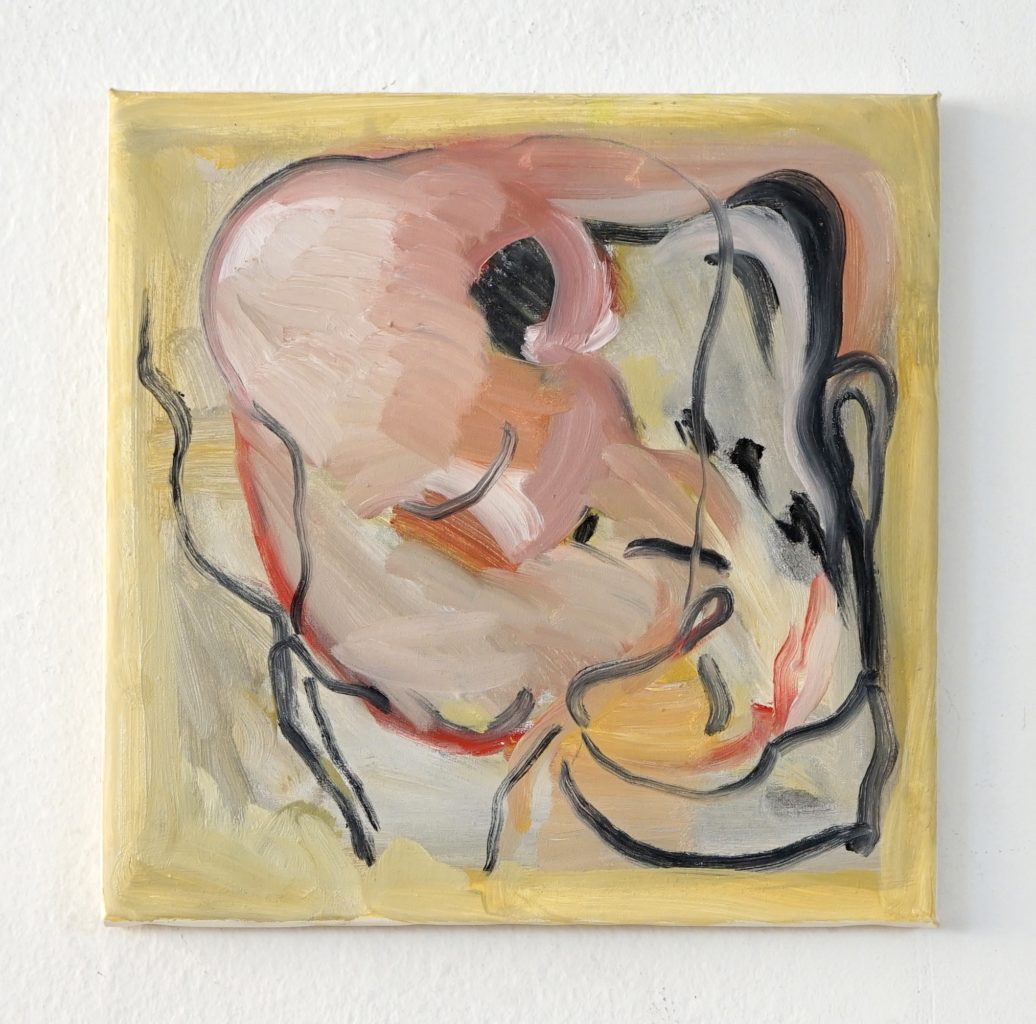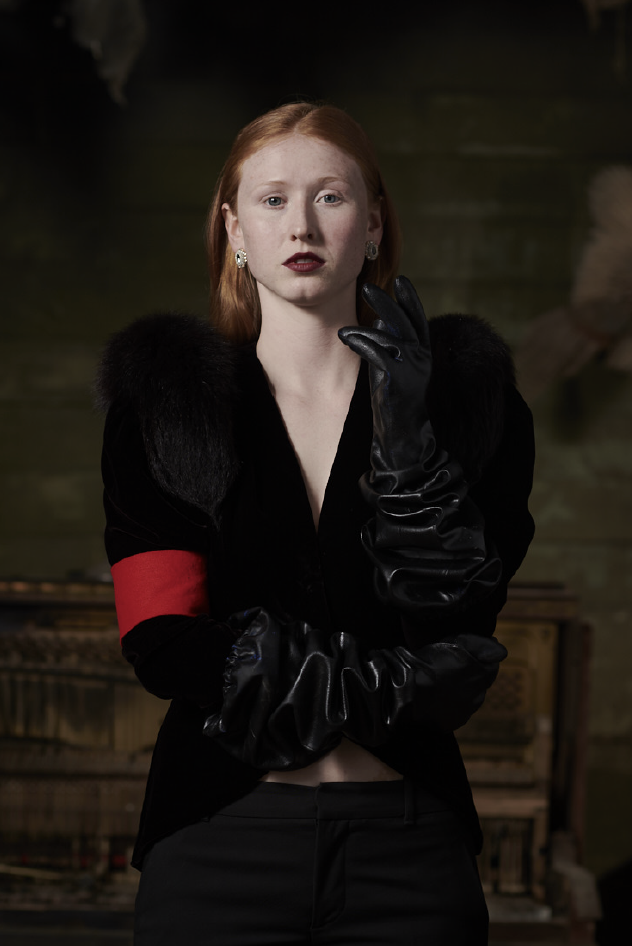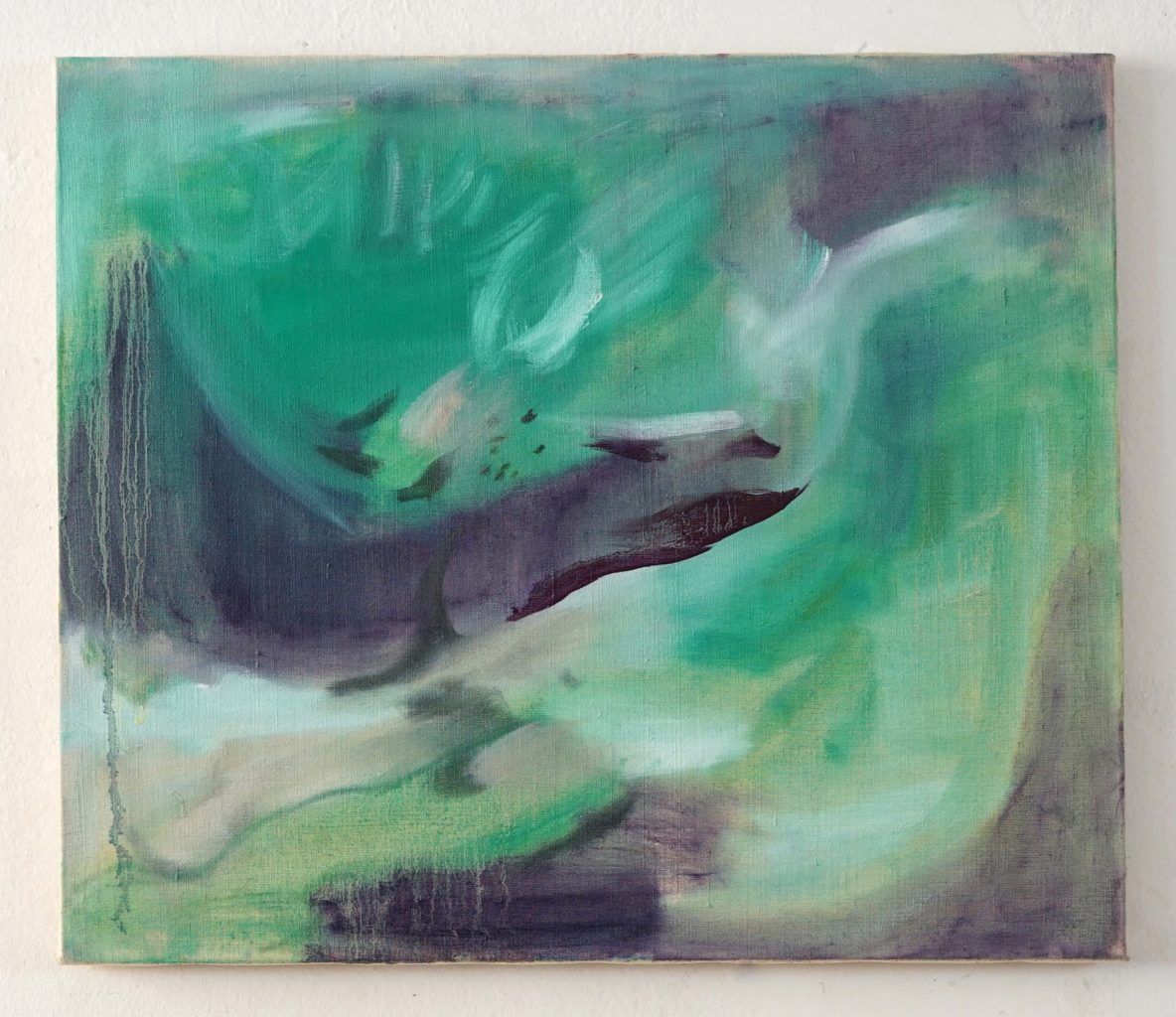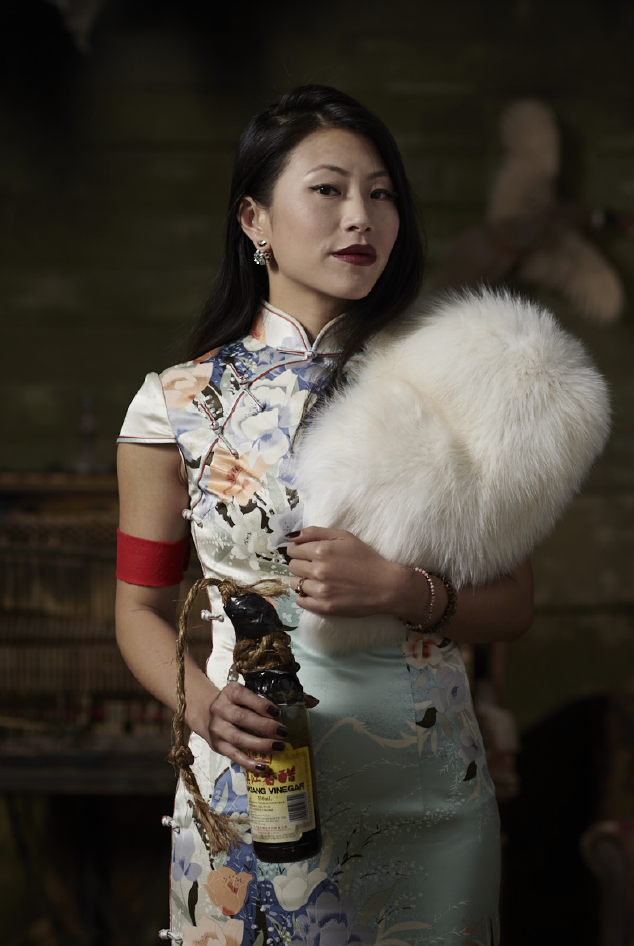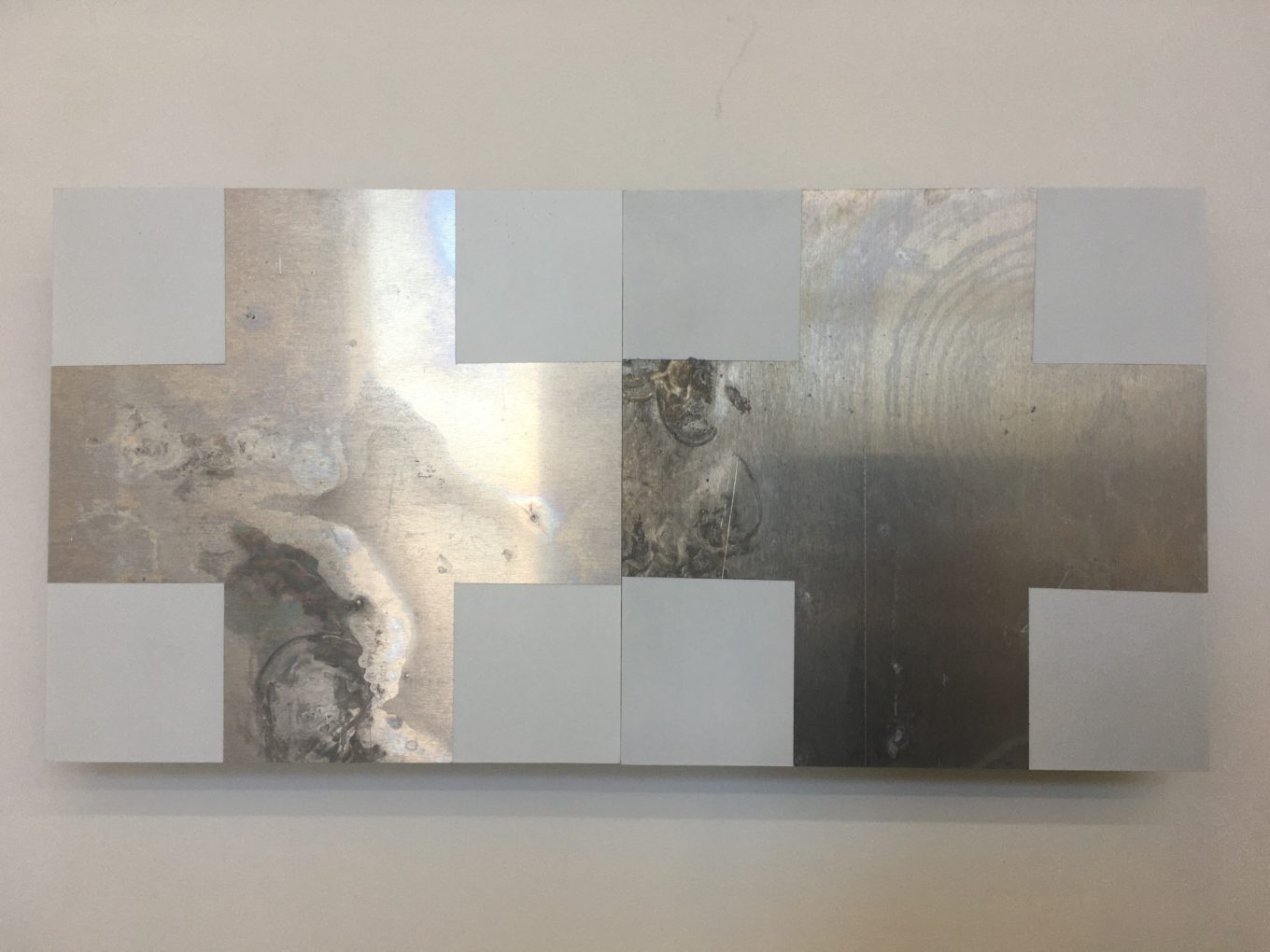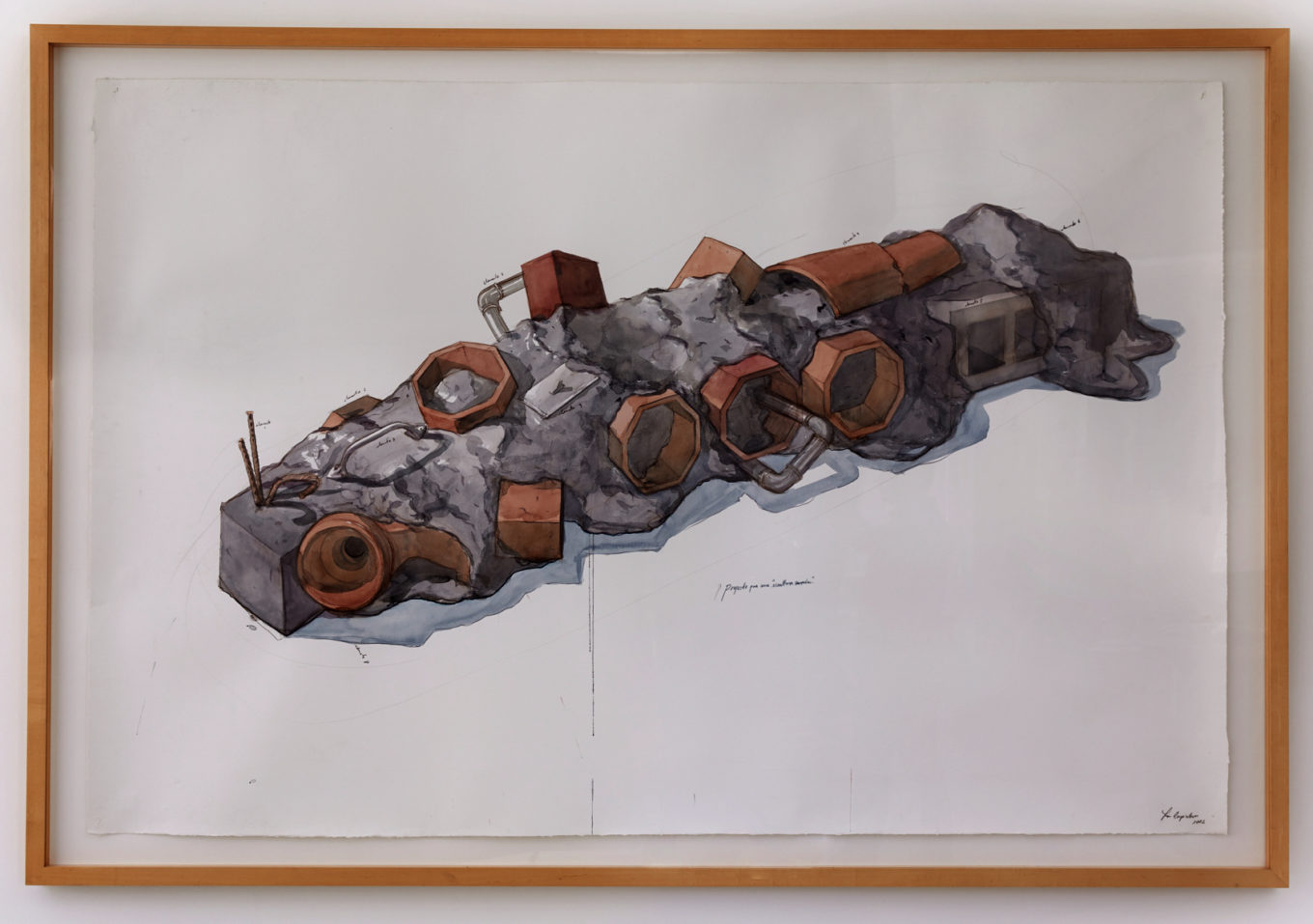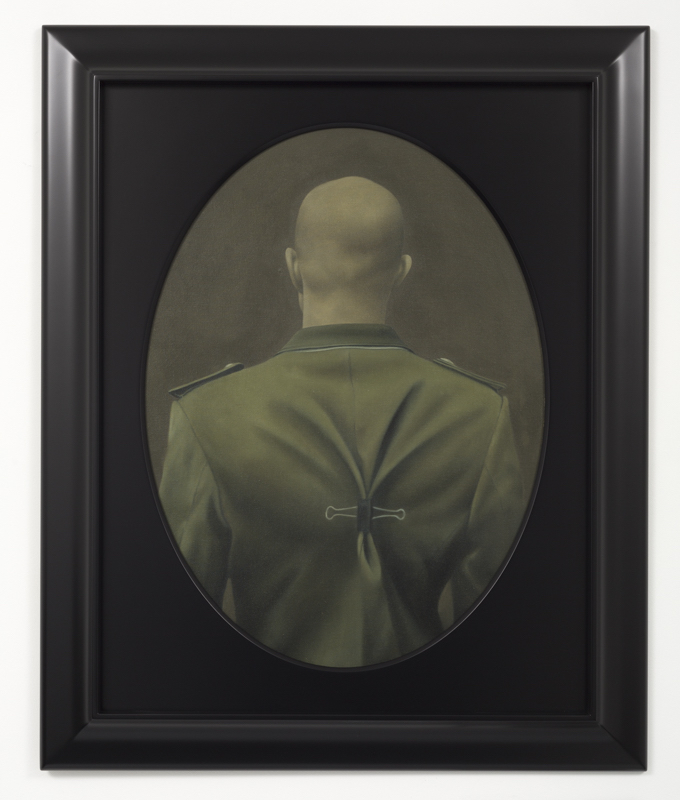Responding to the exigencies of the COVID-19 crisis sweeping the world, the owners of Auckland Art Fair are seeking to support artists and their galleries, mounting a Virtual Art Fair from 30 April – 17 May. We welcome their initiative, and while we’ll miss seeing you in person, we hope you enjoy the Virtual Fair and we look forward to hearing from you.
Deeply sympathetic to the struggles being endured everywhere we need to support artists at this moment so are presenting works by four artists that together carry the flavour of the current zeitgeist, from systems of power under attack to the sustaining potency and pleasures of both the quotidian and the sublime.
Heather Straka’s deep explorations into perceptions of socio-political and cultural lives have created a significant body of compelling and controversial work in painting and photography. Always prescient, the wittily observant Straka surfs the cultural pulse of contentious matters, deftly questioning tradition, challenging the politically correct, and subverting stereotypes. The three new photographic portraits particularise the presumptive attack on systems of power and control explored in her recent suite of large-scale works and speak to the three painted portraits-from-behind in singular military uniform. Holding a BFA and MFA, Straka has been awarded several scholarships and residencies: in 2002 she was presented the Pierce Lowe Award for Excellence in Painting from the Royal Overseas League, London; the esteemed Frances Hodgkins Fellowship in 2008; and the William Hodges Fellowship in 2011. Her exhibition history spans decades and her work is held in all of New Zealand’s major public collections.
Now based in Milan after having spent almost her entire artistic career in the cross-cultural urban environment of London and showing with prestigious galleries in Seoul, New York and London, Eemyun Kang retains a sense of dislocation, originally occasioned when she left Korea for London to further her studies (eventually graduating with three further degrees). Accepting this and the ensuing focus on hybridity as a defining element in her work, Kang’s fictional hybrid worlds exist in the constant interplay between subject and object, reality and subconscious, known and unknown, the domestic and existential; the paintings alternating between figuration and abstraction, using gestural and energetic brushstrokes to create mysterious and suggestive works of varied scales.
Stephen Bambury’s productive preoccupation for over forty years with the square, circle and cross has yielded a body of work that mines rich seams. Unlike the rigid formalism adopted by some others of the same period, Bambury’s work fuses intellectual and emotional content with material form, seeing the paintings ‘as a means of promoting an inner reflection and of creating a context where an experiential exchange could take place’; what he calls a painting experience. The central importance of materiality to Bambury’s practice is underpinned by comprehensive technical investigation and broad material mastery, while sculptural elements comprised of steel, oil and burnt timbers expand the notions of a painting practice. Employing an exceptional range of scale, Bambury explores and reconnects the apparent dualities of light / dark, negative / positive, masculine / feminine, the sea and the land, the intellectual and emotional and the universal and the particular; the cross works of this new suite of paintings utilise both the form of the cross and its historical associations, such as the four cardinal points, Malevich’s Suprematist cross, and McCahon’s Tau cross.
Los Carpinteros (The Carpenters), the collective responsible for some of the most important work to emerge from Latin America in the past decades, was formed in Cuba in 1992 by Marco Castillo, Dagoberto Rodriguez and Alexandre Arrechea (who left the group in 2003). Collected worldwide by important Museums including MCA, Los Angeles; MoMA, New York; Guggenheim Museum, New York; TATE, London; and Museo Nacional Centro de Arte Reina Sofia, Madrid, the group’s strong political philosophy foregrounded the consequential long-time traditions of artisans and skilled labourers that were everywhere being undermined, undercut and undervalued by mass production and consumerism. Over decades their work has proved to be only more prescient in foregrounding the issues thrust upon humanity by the accelerating displacements of the climate crisis, amplified by growing regional power plays and instabilities. With rigorous vigour, often with a playful edge, and strongly underpinned conceptually, the group explored the area between apparent dualities: sculpture/building; blueprints/large-scale drawings in paint; concepts/realisation; sometimes enormous structural feats or, in the case of the 2002 work presented here, monumentalising basic small-scale household building materials – the potency of the quotidian.

